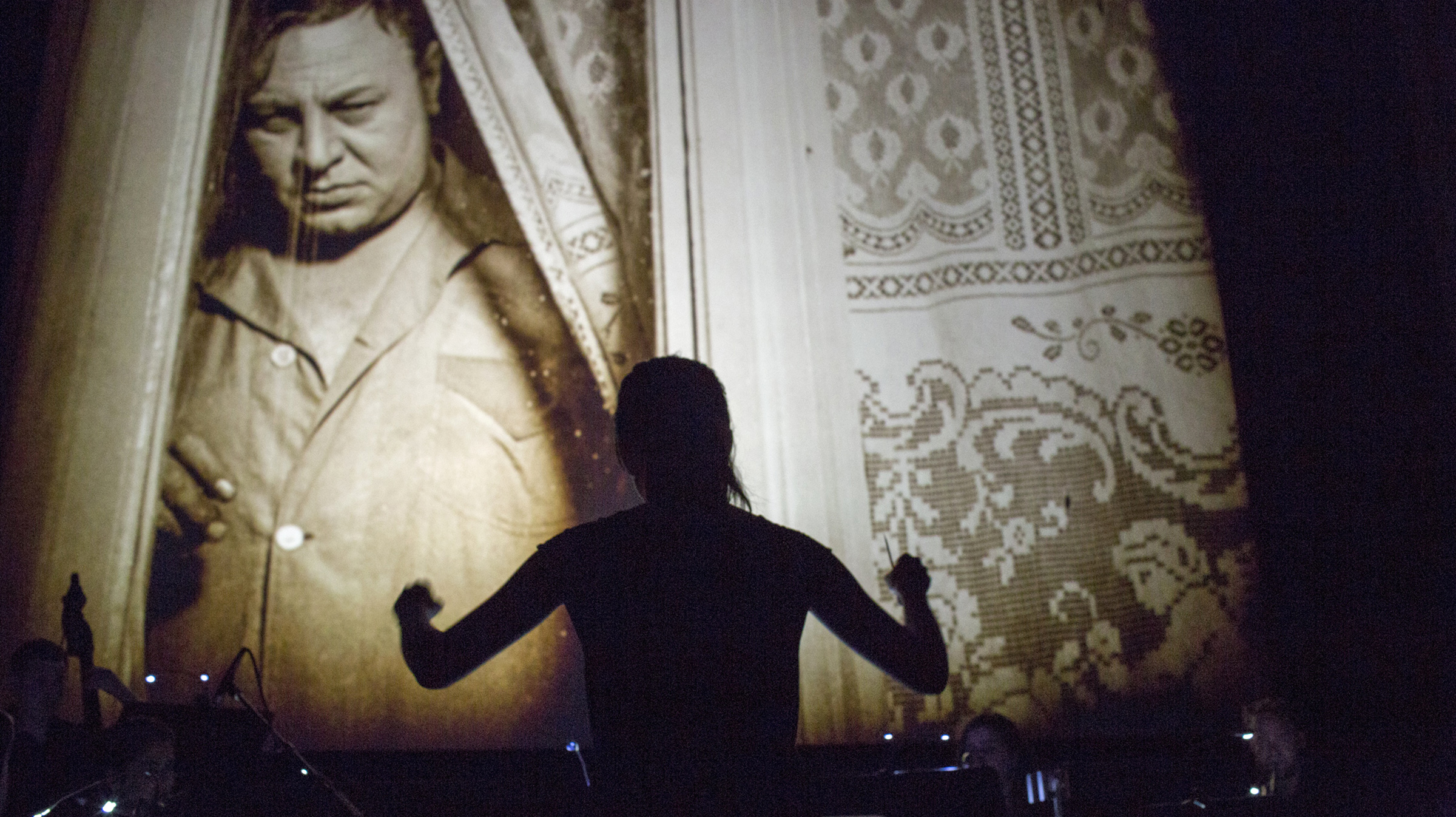I grew up watching silent films at fairgrounds, on PBS, on 8mm and gravitated toward silent comedies and loved learning about how they were made. I particularly admired Buster Keaton and was impressed with how his comedy made me feel because he never smiled, and I appreciated the artistry of that blend. Harold Lloyd was equally intriguing, as he was very relatable even in the craziest of circumstances.
The real revelation, after moving from Ohio to Los Angeles, was going to see Peter Pan with a live orchestra at Filmex. So many of the things I loved about the visual storytelling of silent films became much clearer for me after that experience. Shortly thereafter I saw the Hollywood series on PBS and Napoleon at the Shrine Auditorium with not only a full orchestra, but the mind-blowing triptych sequences. I knew both presentations were the work of Kevin Brownlow, and his writings became additional keys to a world I felt I was just discovering. There was no turning back.
All the thrill of seeing rare films on 16mm or VHS or eventually DVD or Blu-Ray was always tempered with the knowledge that there was nothing quite like a big screen, with live music (preferably an orchestra) and a really good restored print. The love and care and showmanship all had to come together to give the films back their original power.
I’ve had many singular experiences with silent films since then, several of them at the San Francisco Silent Film Festival. Nothing makes me happier than the magical live music/big screen presentation working full blast, and I’m equally unsettled when there are those misfires when the audience members around me are saying “the music was great, but the film wasn’t very good,” or “the film was great but the music sure dragged it down.” It needs to be that magical combination of sound and picture working together.
My favorite recent experience has to be the Berklee College of Music students accompanying a beautiful restoration of Varieté. I had seen the film before and remembered it as visually exciting, but perhaps a bit unfocused. The Berklee students’ score brought every visual nuance to life, and the film seemed like a new discovery to me. Better yet, seeing students who were the age I was when I saw my first silent film with an orchestra made me feel like the magic would continue and that my love for silents would continue for generations to come.
That’s why the twenty-five years that the San Francisco Silent Film Festival has existed are so worthy of celebration, as I know that many seeds have been planted over those years when that lightning strikes.
RANDY HABERKAMP is managing director of preservation and foundation programs at the Academy of Motion Pictures Arts and Sciences.

